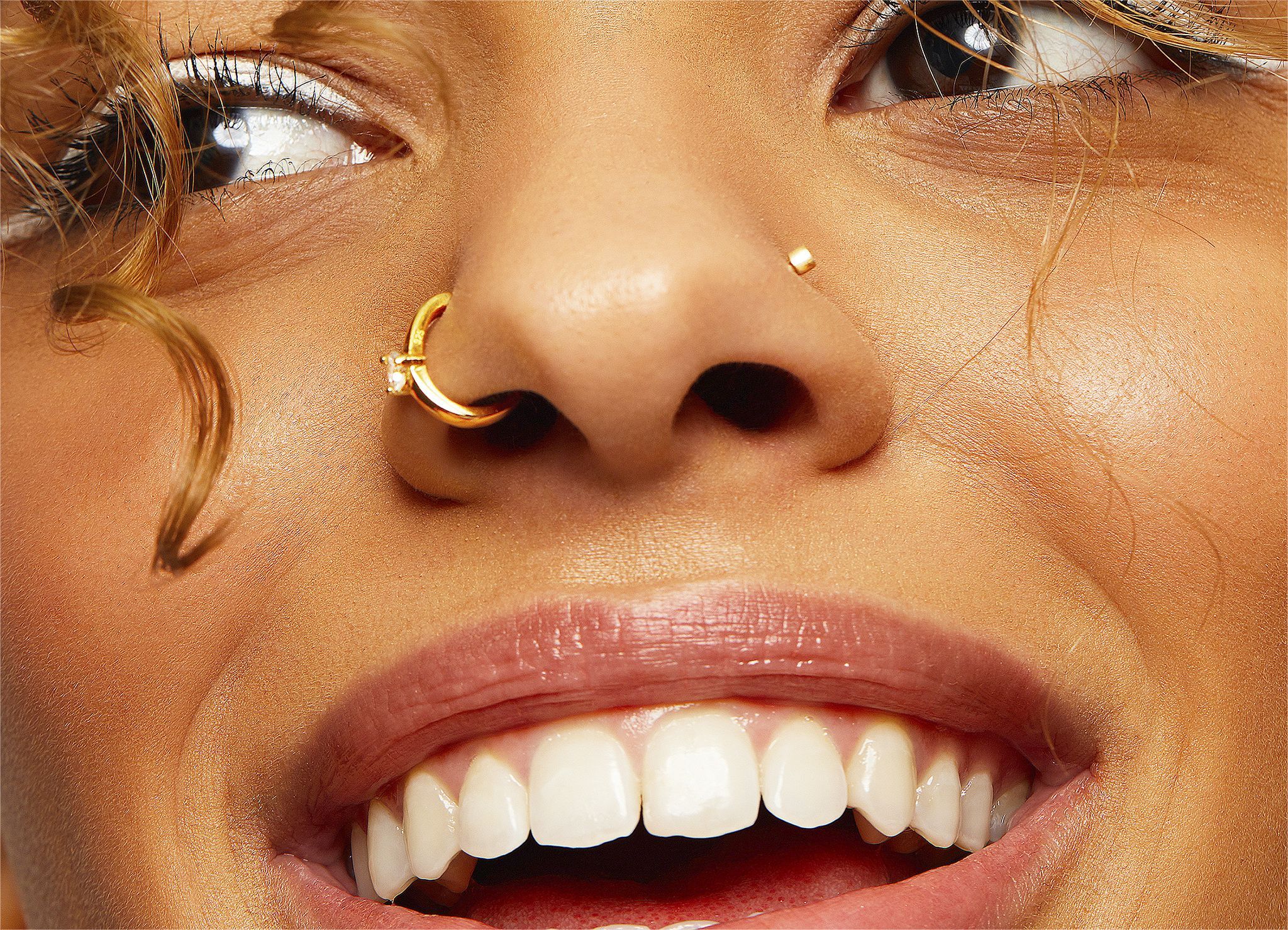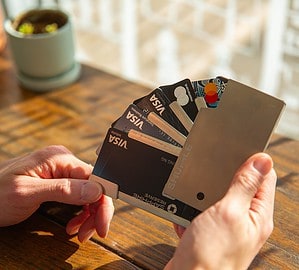Nose piercings have been a form of self-expression and cultural tradition for centuries. A lot of people choose them when they want to add a little style to their look. But one thing that worries people who want to get pierced is the pain that comes with the process. This complete guide will explain what to expect when you get your nose pierced and give you useful tips on how to deal with and ease the pain that can come with it.

The Pain Factor: What To Expect
When it comes to nose piercing, pain is a subjective experience that varies from person to person. Factors like individual pain tolerance, the skill of the piercer, and the type of nose piercing you choose can all influence the level of discomfort you may feel. To provide a better understanding, let’s break down the pain associated with nose piercings into different phases.
1. Anticipation Anxiety
The journey of nose piercing pain begins even before you sit down in the piercing chair. The anticipation and anxiety leading up to the procedure can be nerve-wracking for many. It’s perfectly normal to feel anxious about the unknown, especially if it’s your first time getting a piercing. The fear of pain can loom large in your mind, but it’s essential to remember that the mental aspect of pain perception can often be more intimidating than the actual physical sensation.
2. The Piercing Process
During the actual piercing process, you will undoubtedly feel a momentary pinch or sharp sensation. This is when the needle or jewelry is inserted through the tissue of your nose. It’s important to note that the pain is usually brief, lasting only a few seconds. Many individuals describe the feeling as a quick, sharp discomfort, similar to a mild bee sting or a quick pinch.
3. Post-Piercing Pain
Once the piercing is complete, you may experience some post-piercing pain and discomfort. This can include soreness, swelling, and a throbbing sensation around the pierced area. These symptoms are typical and are part of the body’s natural healing response. The pain at this stage is generally mild to moderate and can be managed with proper care and precautions.
4. Healing Process Pain
The healing process is where most of the lingering discomfort occurs. Over the next few weeks or even months, you may experience occasional pain, tenderness, and sensitivity around the piercing. This is entirely normal and indicates that your body is working to heal and adapt to the new addition. It’s crucial to be patient and follow proper aftercare procedures during this phase to minimize pain and complications.
Pain Management Strategies
Now that we have a better understanding of the various phases of pain associated with nose piercings, let’s explore some effective strategies for managing and alleviating this discomfort:
1. Choose A Professional Piercer
The first and most crucial step in managing nose piercing pain is selecting a reputable and experienced piercer. A skilled piercer will have the expertise to perform the procedure swiftly and accurately, minimizing the duration and intensity of the pain during the piercing process.
2. Pain Relieving Techniques
Before the procedure, you can employ pain-relieving techniques to reduce anxiety and discomfort:
Deep Breathing: Practice deep breathing exercises to calm your nerves and relax your body.
Pain Relievers: Before the piercing appointment, you can take over-the-counter pain killers like ibuprofen or aspirin as recommended to help with the pain and swelling.
Topical Anesthetics: Some piercers may offer topical numbing creams or gels to apply before the procedure. Discuss this option with your piercer to see if it’s available.
3. Distraction Techniques
During the actual piercing, distraction techniques can be highly effective in minimizing pain perception:
Focus On Breathing: Concentrate on your breath, taking slow and deliberate inhalations and exhalations. This can divert your attention away from the piercing sensation.
Engage In Conversation: Engaging in a conversation with your piercer can help take your mind off the pain. Experienced piercers often have excellent conversational skills to ease their clients’ nerves.
4. Aftercare And Healing
Proper aftercare is essential for reducing pain and ensuring a smooth healing process:
Cleanliness: Keep the pierced area clean by using a saline solution or the aftercare solution recommended by your piercer. Cleanse the area gently without excessive rubbing.
Avoid Touching: Resist the temptation to touch or twist the jewelry. This can introduce bacteria and prolong healing, leading to more discomfort.
Avoid Irritants: Stay away from harsh skincare products, makeup, and perfumes around the piercing area, as these can irritate the sensitive skin.
Pain Relievers: If you experience significant discomfort during the healing process, consult your piercer or a healthcare professional for advice on appropriate pain relief options.
5. Patience And Mindset
Furthermore, it’s important to keep a good attitude and be patient while you’re improving. Remember that the pain you’re feeling at first will only last for a short time and will go away as your nose piercing heals. Follow through with your treatment plan, and talk to your piercer if you have any questions or worries.
Conclusion
Nose piercing pain is a natural part of the process, but it is manageable and temporary. By choosing a professional piercer, employing pain-relieving techniques, and following proper aftercare procedures, you can minimize discomfort and ensure a successful healing journey. Keep in mind that pain perception varies from person to person, and what might be mildly uncomfortable for one individual could be more intense for another. In the end, the beauty of the piercing and the way it lets you express yourself often outweigh the short-term pain, making it a popular choice for people who want to look better and be proud of who they are.



